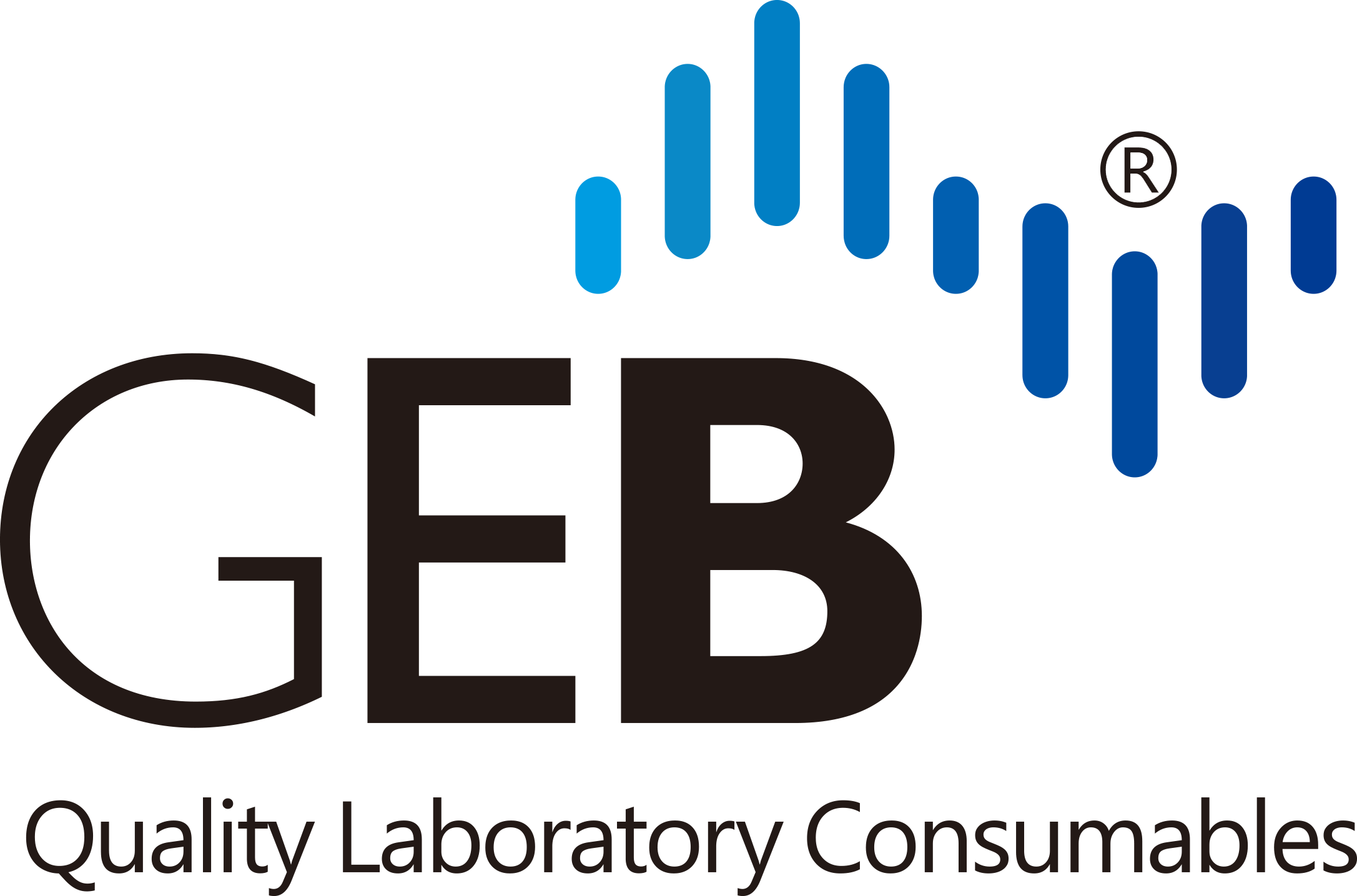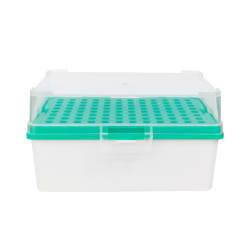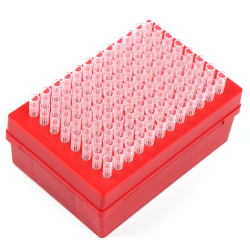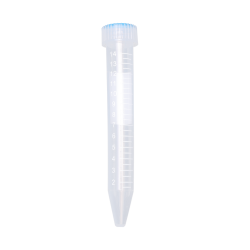
The cleanliness requirements in a laboratory environment depend on the nature of the research, the type of experiments being conducted, and the specific field of the laboratory's work. However, whether it's in life sciences, chemistry, physics, electronics, or other fields, here are some common cleanliness requirements for laboratory environments:
Cleanliness Classifications: The cleanliness level of a laboratory is typically determined according to ISO (International Organization for Standardization) or other relevant standards. Different experiments may require different levels of cleanliness, ranging from a standard laboratory setting to high-cleanliness environments such as cleanrooms or biosafety laboratories.
Temperature and Humidity Control: Some experiments may be highly sensitive to temperature and humidity. Therefore, laboratories may need to control room temperature and humidity to ensure the stability of experimental results.
Ventilation: Laboratories require effective ventilation systems to remove harmful gases, chemicals, and microorganisms, as well as to maintain a flow of fresh air. Biosafety laboratories may require negative pressure control to prevent the release of hazardous biological materials.
Lighting: Laboratories typically need adequate lighting to support experimental operations and ensure the safety of personnel.
Noise and Vibration Control: Some experiments may be highly sensitive to noise and vibration, so measures are taken to minimize the impact of these disturbances.
Calibration of Equipment: Laboratory instruments and equipment need regular calibration to ensure their accuracy and reliability.
Cleanliness and Hygiene: Laboratories must maintain cleanliness and hygiene, including regular cleaning and disinfection. Preventing cross-contamination and ensuring the cleanliness of experimental materials are particularly important in biosafety laboratories.
Safety Standards: Laboratories must comply with relevant safety standards and regulations to ensure the safety of personnel and the environment.
Fire Safety Measures: Laboratories need to be equipped with firefighting equipment and emergency evacuation plans to address fires or other emergencies.
Personal Protective Equipment (PPE): Laboratory personnel must wear appropriate personal protective equipment, such as lab coats, gloves, safety goggles, and masks, to reduce the risk of exposure to chemicals or biological materials.
Waste Disposal: Waste must be properly categorized and disposed of in accordance with relevant regulations to ensure environmental protection.
It's important to note that different types of laboratories may have different cleanliness requirements. For example, biosafety laboratories require strict biosafety measures, while cleanrooms must maintain a highly dust-free environment. Therefore, when establishing a laboratory, specific cleanliness standards and operating procedures should be developed based on the specific research needs and safety requirements.





